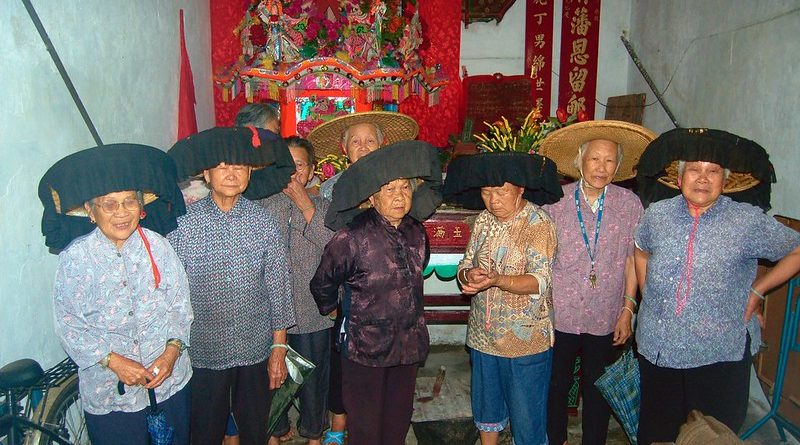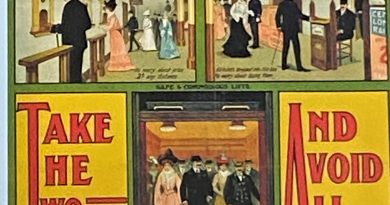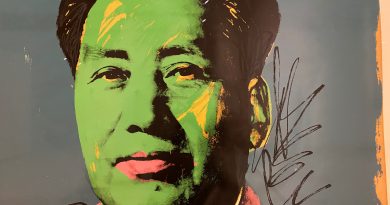Houses and History of the Hakka Tribe
Culture Facts
Where: The Hakka are found in pockets of South-East Asia, Europe, the Americas and Africa but are mainly found in South-East China
Who: An ethnic sub-group of the Han people of royal blood
Visiting: Stay in their amazing fortified round houses in exchange for working with them in the paddy fields
Where It’s At
The Hakka are usually found in the less habitable regions of China and South-East Asia, as with most tribes who have emigrated away from their homelands. Today there are tens of millions of Hakka in the Southern Chinese provinces of Guangdong, Jiangxi, and Fujian. In the last century the have also migrated to Europe, the Americas, and Africa.
History of the Hakka
The majority of the population of China is derived from the Han people. The Hakka are a unique ethnic sub-group of the Han. Their ancestral history is neither straightforward or clear, but it is thought that they were originally from northern China, but they were forced to leave during the fall of the Southern Song dynasty in the 1270s. The name Hakka is a Cantonese pronunciation of the Mandarin word Ko Chia (“guest people”), Around seven percent of Chinese align their roots to the Hakka. Despite their numbers, the Hakka never became fully assimilated into the native southern population. They have well-preserved traditional beliefs and cultures and are thought to be of royal blood. If so, their practices are reflective of the cultural practices of the Chinese nation 20 centuries ago, although the culture has not been kept pure as they have inter-married with other ethnic groups and absorbed their cultures. They are a very resilient and hardy group of people, for example, the most northerly restaurant in the world is supposedly a Chinese restaurant run by a Hakka.
Beliefs and Customs
It is probable that the language, customs, and traditions of the Hakka are the oldest in China. Experts find it difficult to say whether spoken Hakka is a different language or merely different dialect to the Mandarin and Cantonese spoken in China today. It is almost certainly a very old form of Chinese that can be seen in ancient Chinese poetry, which has a rule of rhyme. When poems dating between 770 b.c. and 1466 a.d. are read in Mandarin they do not rhyme, however, if read in Hakka they do. It is not only their language that they have fought to preserve over the last two millennia but also their beliefs and customs.
Their dress is frugal, conservative, and plain and is not adorned with designs as reflects their work on the land. Their folk songs, said to be sung in nine accents and eighteen melodies, are very complex. They also sing mountains songs. Usually impromptu, they are a form of sung conversations to describe their surroundings or as a dialogue in the fields and hills. They are often accompanied by sounds such as the chopping of trees or boat sculling.
The Hakka still traditionally make paper umbrellas by hand, which are popular as tourist gifts. These are made from Meinong oil paper and bamboo and then hand painted. Only one or two per craftsman can be produced in a day.
Hakka Houses
Their architecture falls into three categories and is probably representative of the Hakka’s social status over time. Initially, when they first moved, South Phoenix houses were built. These were in the style of the Imperial Court, which at this time meant they had the favor of the Emperor. These were elaborately designed but defensive constructions to protect the many families each one housed. As the Hakka fell out of favor with the court and the locals began to attack them, theround house became the design of preference. Later, these became more open Piang Fongs, which signaled a lower social status.
Today the Hakka inhabit both round houses and Piang Fongs. The area where Fujian, Jiangxi andGuangdong Provinces meet is littered with tulou. Literally meaning ‘mud house’, these unusual pieces of architecture are the work of the Hakka people. Each one will usually house around 20 families with about 100 people in total. The houses are built around a main courtyard to allow in light and air, and to house livestock. They have wells and complex drainage systems so they can be completely self-sufficient for long periods of time. The walls are about a meter thick and the doors are bolted. The ground floor has slits for rifles, the second floor was for storing grains or rice, and the third and fourth floors are inhabited. They are effectively fortified villages.
Visiting the Hakka
Nowadays, tulou inhabitants are far more friendly, and there are hundreds of tulou that can be visited. Especially worth the effort are the roundhouses in the village of Chu Xi near the town ofXiyang in Fujian Province. Having only opened its doors to tourists in 2004, Chu Xi has the combined advantages of being un-spoilt and welcoming to foreigners at the same time. For a fee of around $7 USD, access is granted to a village of 2,000 where everybody shares the surname Su. There is a viewing platform with an excellent overview of the village’s three main roundhouses and impressive square-houses. The main roundhouse has been converted into a museum with an interesting collection of artifacts from Hakka homes. There is even a section dedicated to brothels!
Elsewhere, Hakka roundhouse inhabitants are happy to meet foreigners who wander in to their courtyards. They can show you where they live and also where they work in the nearby fields. You may be able to work in the paddy fields for the Hakka in exchange for board and lodging.
To get to Xiyang, you’ll need to hire a car from Yongding or Longyan (roughly $50 USD per day with a driver), or take a local bus. Yongding is off the beaten track, to get there you have to get a train or bus to Longyan or Kanshi then take a bus on to Yongding.
More Information
Asiawind.com: Hakka – An Important Element of Chinese Culture
Opinions on the origins and make-up of the Hakka People
China.org: Hakkas’ Room for Survival
Article on the housing and community of the Hakka people.
By Faye Welborn




